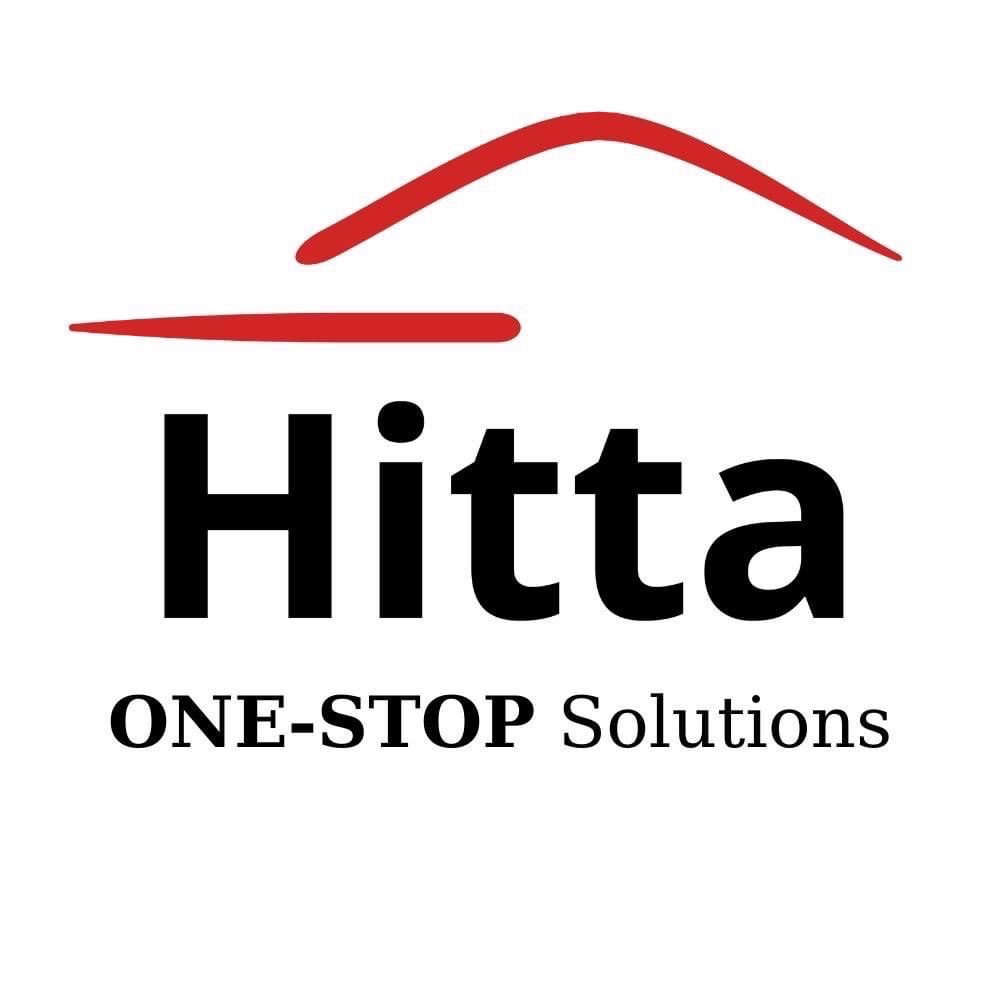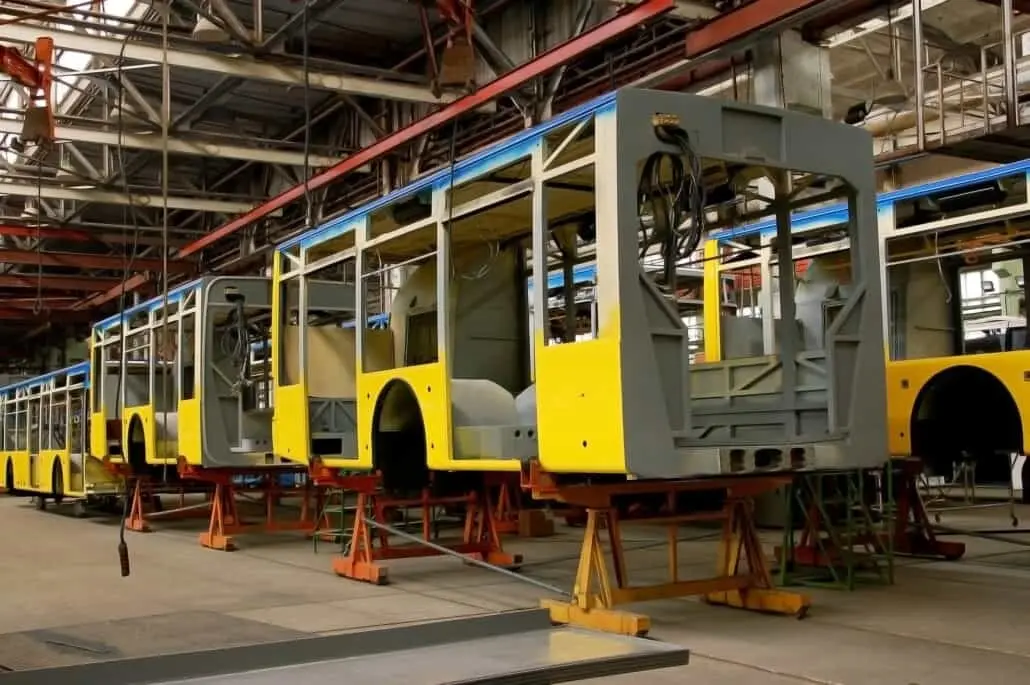Keo & sealant là giải pháp thay thế ốc vít
The bus manufacturing industry is gradually shifting away from mechanical methods and replacing them with adhesives, tapes, and sealants for buses. The transition to adhesives and sealants in the bus assembly process is encouraged by the increasing demand for sustainability, the use of composite materials, aerodynamic design, and safety regulations.
- Keo dán nhựa composite | Cách chọn keo phù hợp
- Keo dán nhựa Polypropylene | Cách lựa loại keo phù hợp
- Băng keo dán nhựa ABS
A statistic in the United States indicates that buses consume approximately 4.5 million liters of adhesive annually, and the consumption of sealant is also significant and increasing. Adhesive and sealant are used in bonding bus components, bonding bus roofs, floor bonding, glass bonding, as well as in bus cladding and interior decoration.
Buses are becoming more durable, lighter, safer, and faster to construct
- More durable: Adhesive and sealant increase the durability of buses by preventing electrochemical corrosion, unlike mechanical screws.
- Lighter: Using adhesive and sealant instead of mechanical methods can reduce weight by up to 80 kilograms. Additionally, bus adhesives help bond different materials without worrying about damaging either material.
- Safer: Some adhesives and sealants are designed to reduce impact, improving the crash test performance of buses. Adhesives with such characteristics are often found in cladding and interior decoration connections. Additionally, some adhesives are specialized in fire resistance, contributing to safety in case of fire or explosion on board, limiting the spread of fire in case of accidents.
- Faster: Adhesive and sealant support better aerodynamic design, easier handling, and faster assembly, reducing bus manufacturing time.
Bus Glass and Interior Bonding
Adhesive ensures that bus windows are tightly sealed, preventing water, dust, wind, and external elements from entering the vehicle. Adhesive and sealant also effectively maintain the structural integrity of the door.
Adhesive applications are not only focused on the frame, exterior, and interior cladding of the bus but also contribute to the mechanisms under the bus hood, including engine and battery components (electric buses).

Structural bonding of bus bodies
During the assembly process of bus body structures, some adhesives and sealants are used to prevent corrosion, water ingress, and water retention.
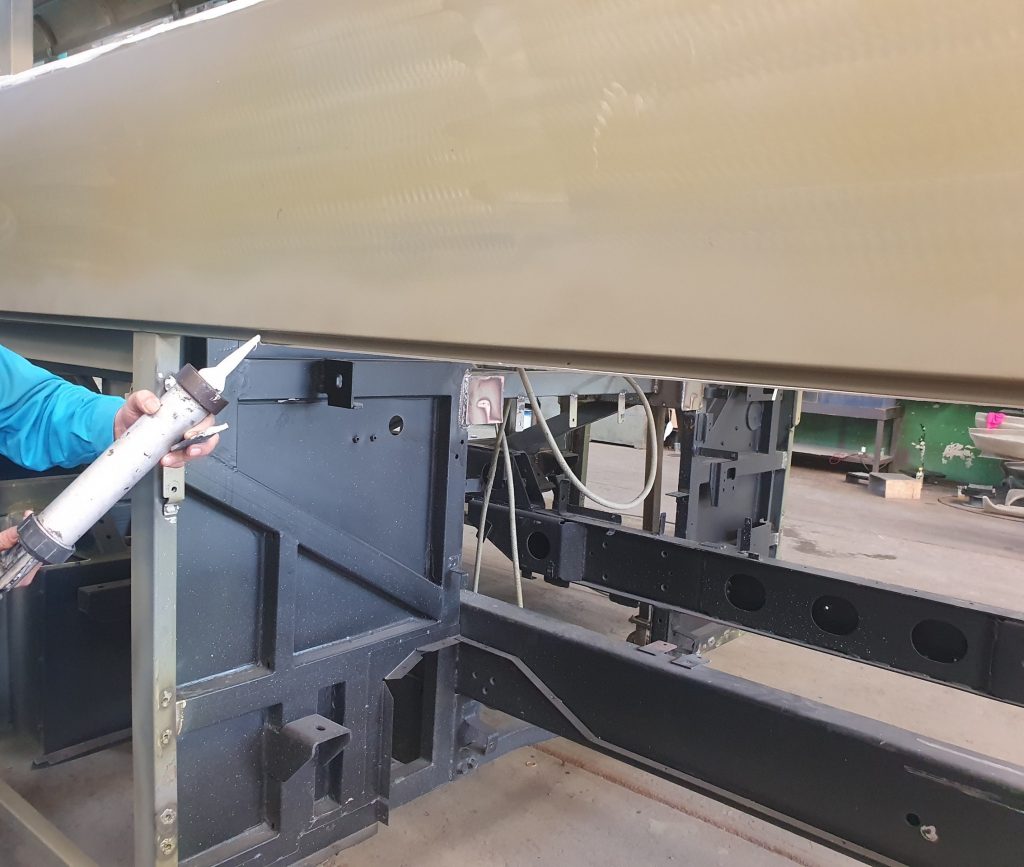
The connections and gaskets in the bus body structure can be made using various products depending on the application. Easy handling, such as one-component sealants like MS polymer, is often the preferred choice for environmental safety because these sealants do not contain harmful isocyanates or solvents, and their VOC (volatile organic compound) values are close to or equal to zero. The increasing demand for MS polymer is based on the need for environmentally friendly products.
In addition to MS polymer, adhesive for bus body structures is typically a 2-component type of polyurethane and epoxy and is hardened by heat.
Benefits of using adhesives and sealants in bus body structure bonding:
- Smooth and less rework surfaces.
- Increased comfort due to reduced noise and vibrations.
- Bonding of different materials to increase design flexibility.
- Reduced risk of corrosion.
- Interior decoration bonding.
Interior decoration bonding
The development of bus interior design has led to the increasing use of various materials such as plastics and fabrics, requiring durable and environmentally friendly bonding solutions. Therefore, the choice of adhesive for bonding bus interior decorations will improve the appearance and contribute to comfort.
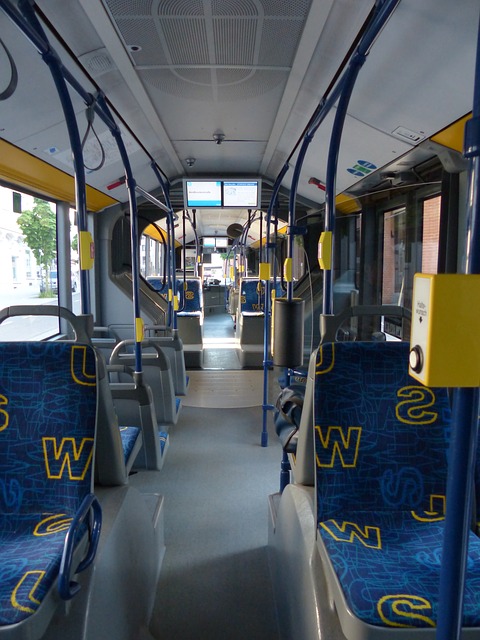
Standards set for bus interior panels and decoration bonding encourage manufacturers to choose the greenest, least environmentally impactful solutions possible. Therefore, the most common adhesive for bus interior is hot melt adhesive: it appears as solid at room temperature and softens when heated. These adhesives allow for extremely fast processing.
Benefits of using adhesives in interior decoration bonding:
- Environmentally friendly bonding solutions.
- Improved appearance, no visible patches or corrections.
- Fast manufacturing process due to the benefits of application.
Sealing the bus floor, side panels, luggage compartment doors, and folding doors

Bus operators expect superior durability from their vehicles regardless of driving conditions. Therefore, buses must be safe in potential collision situations and not degrade due to harsh weather conditions.
For sealing the floor, side panels, luggage compartment doors, and folding doors, MS polymer sealant is a popular choice because they form water-tight seals resistant to various chemicals. However, the bonding of these applications is often done with elastic polyurethane adhesive, which cures quickly (both one and two-component adhesives).
Additionally, MMA adhesives are also very popular, especially in bonding interior panels.
Benefits of using sealant:
- Enhances safety in the event of collisions.
- Improves comfort by reducing noise and vibration.
- Looks better as there are no visible patches.
- Resistant to harsh temperature conditions.
Linking & sealing bus roofs
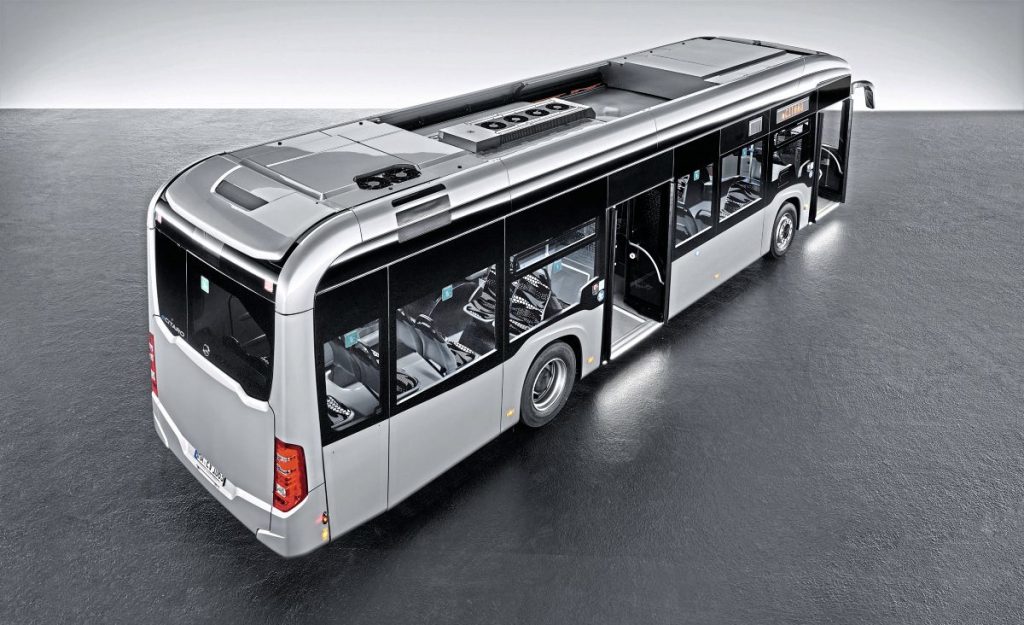
The roof is one of the most critical parts of a bus, and its design remains one of the greatest challenges for bus manufacturers. While adhesives and sealants provide more design freedom and reduce challenges, factors such as increasing temperatures, thermal expansion coefficients, and structural integrity must be considered when selecting bonding and sealing materials.
Note that similar systems are also suitable for attaching antennas and receivers on the bus roof.
Sealing and linking bus roofs require flexible, environmentally resistant solutions. Bus roof adhesives are often polyurethane-based one or two-component mixtures that allow for fast curing, speeding up the production process.
Benefits of using adhesives & sealants:
- Increased lifespan and durability.
- Improved corrosion resistance.
- Enhanced vehicle stability and reduced fuel consumption due to lighter weight.
- Weight reduction by eliminating mechanical fasteners.
- Reduced vibration and noise.
- Enhanced safety in the event of collisions.
- Better appearance.
- Resistance to high-temperature conditions.
Front & rear bus panel bonding
The front and rear panels of the bus contribute to its aerodynamic design. Using adhesives and sealants instead of mechanical screws allows for a more aerodynamic shape, thereby contributing to reduced fuel consumption.
Adhesives and sealants are often thermoplastic materials that can be shaped before fully curing. Solutions include two-component polyurethane (allowing for faster curing time adjustment) and one-component adhesives.
Benefits of using adhesives and sealants:
- Design flexibility due to thermoplastic nature.
- Weight reduction by eliminating mechanical fasteners.
- Protection against water and moisture intrusion.
- Improved vehicle stability and reduced fuel consumption.
Direct glazing for buses
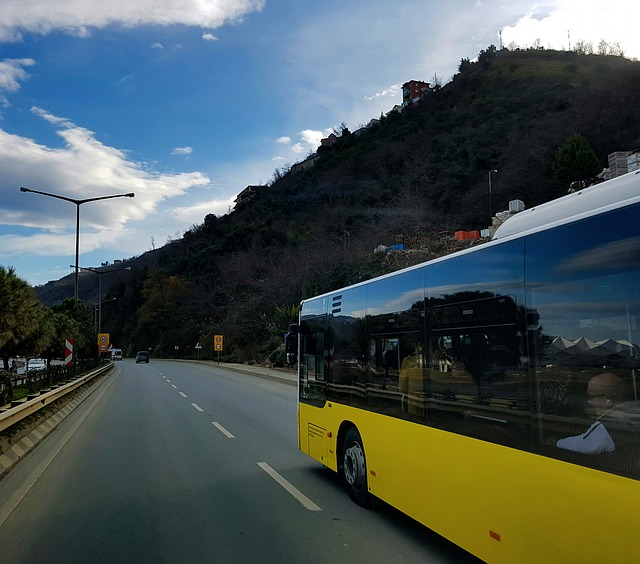
Adhesive for glass bonding is a product used in bus assembly lines. They are suitable for direct glass bonding due to their fast curing time and high initial bond strength, contributing to aerodynamic design and vehicle stability.
Because bus glass bonding involves large and heavy surfaces, adhesive selection must be carefully chosen for the highest quality.
Benefits include:
- Streamlining the manufacturing process.
- Cost reduction.
- Shorter processing time due to fast curing products.
- Automation applications.
- Protection against water and moisture intrusion.
- Improved aerodynamics.
Enhancing the Efficiency of Bus Manufacturing & Assembly
- Keo & sealant cho xe buýt trong ngành lắp ráp & sản xuất
- Băng keo công nghiệp dán sàn & khung xe buýt
- What are industrial adhesives? Advice & selecting the appropriate adhesive for purchase
Improving the efficiency of bus manufacturing and assembly is crucial. Choosing the right adhesives and sealants for buses is essential as they contribute to durability, safety, weight, and overall comfort of the vehicle. However, a wrong choice can lead to premature deterioration of the bus. Therefore, it’s always advisable to consult experts on adhesives and sealants before making the final decision.
Hitta specializes in providing various specialized adhesives and tapes for both industrial and commercial sectors. Contact us for advice on the most cost-effective solutions with the highest efficiency.
- ☎️ Hotline: 090.8611.011 (Mr. Dương).
- ✉️ Email: hittajsc@hitta.vn
Products:
-
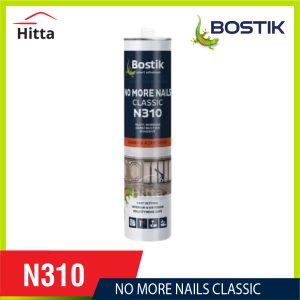 Bostik N310 Multi-Purpose Construction Adhesive
Bostik N310 Multi-Purpose Construction Adhesive -
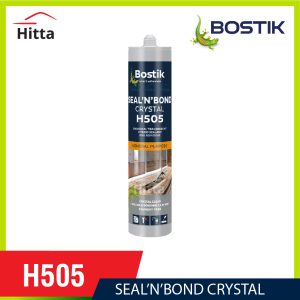 Bostik H505 – transparent sealant & adhesive
Bostik H505 – transparent sealant & adhesive -
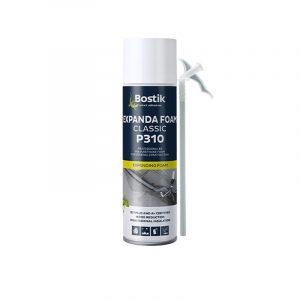 Bostik P310 – expanding foam adhesive for thermal insulation and sound reduction
Bostik P310 – expanding foam adhesive for thermal insulation and sound reduction -
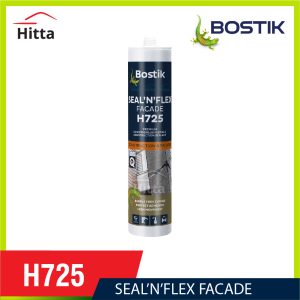 Bostik H725 hybrid adhesive designed for facade cladding and expansion joints
Bostik H725 hybrid adhesive designed for facade cladding and expansion joints -
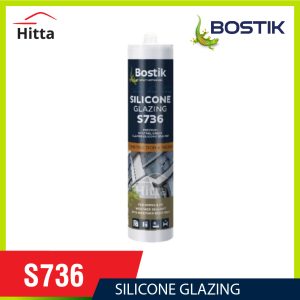 Bostik S736 Premium, Neutral Grade, High Modulus Silicone for Glazing & Facade Applications
Bostik S736 Premium, Neutral Grade, High Modulus Silicone for Glazing & Facade Applications -
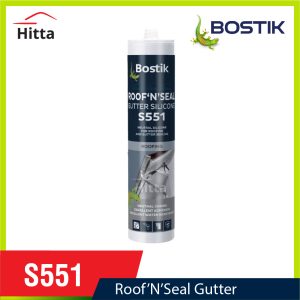 Bostik S551 – neutral silicone for gutters and roofs
Bostik S551 – neutral silicone for gutters and roofs -
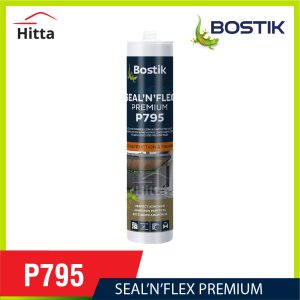 Bostik P795 – sealant for filling large gaps
Bostik P795 – sealant for filling large gaps -
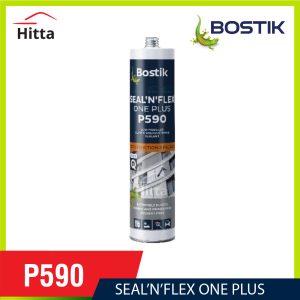 Bostik P590 – sealant for construction & expansion joints
Bostik P590 – sealant for construction & expansion joints -
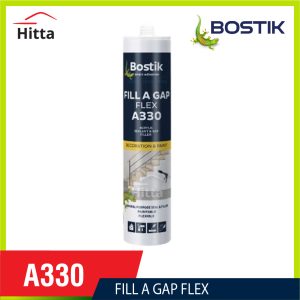 Bostik A330 FILL A GAP FLEX
Bostik A330 FILL A GAP FLEX -
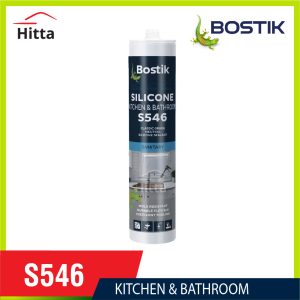 Bostik S546 Silicone – moisture resistance and waterproofing
Bostik S546 Silicone – moisture resistance and waterproofing -
 Bostik H360 hybrid sealant for construction & glass façade
Bostik H360 hybrid sealant for construction & glass façade -
 Bostik H785 – No more screws, Instant Adhesive
Bostik H785 – No more screws, Instant Adhesive -
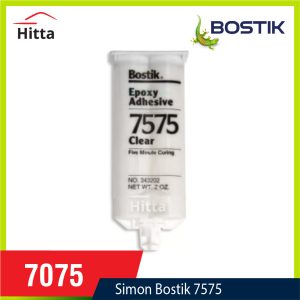 Bostik 7575
Bostik 7575 -
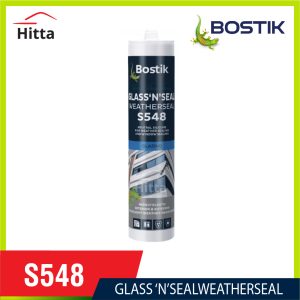 Bostik S548
Bostik S548 -
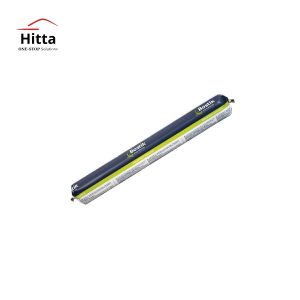 Bostik 7003
Bostik 7003 -
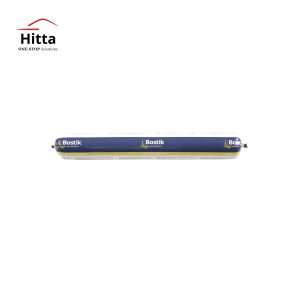 Bostik 7008
Bostik 7008
